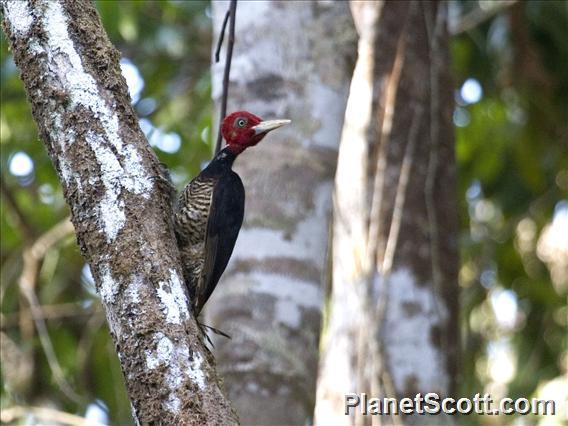Pale-billed Woodpecker (Campephilus guatemalensis)

Pale-billed Woodpecker (Campephilus guatemalensis)

Pale-billed Woodpecker (Campephilus guatemalensis)


×



Pale-billed Woodpecker (Campephilus guatemalensis)

Pale-billed Woodpecker (Campephilus guatemalensis)
About Pale-billed Woodpecker (Campephilus guatemalensis)
- Kingdom: Animals
- Phylum: Chordates
- Class: Birds
- Order: Woodpeckers, Barbets, Toucans, and Puffbirds
- Family: Piculets and Woodpeckers
The pale-billed woodpecker is a species of woodpecker of the genus Campephilus. It is found from Mexico to Panama.
Source: Wikipedia
Lifelists
Visits
-
2008-01-05
Yelapa, Mexico -
2009-01-24
Bullet Tree Falls, Belize -
2009-01-27
Barton Creek, Belize -
2009-02-25
Corcovado National Park - La Sirena, Costa Rica -
-
-
-
-
-





